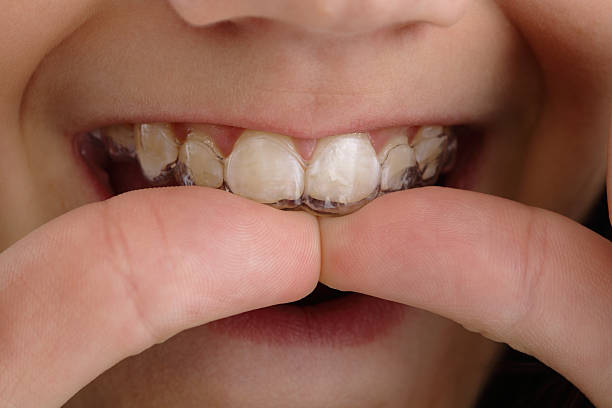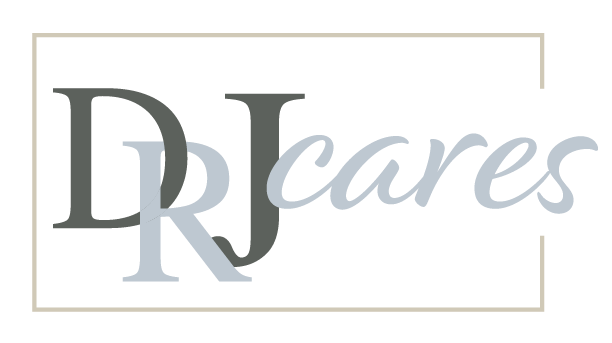Advantages and Disadvantages
of Clear Aligners


Advantages and Disadvantages of clear aligners
Advantages:
Clear aligners outperform conventional braces. The most significant advantage is that they are nearly undetectable, which means that no one will know you are straightening your teeth except you and your dentist.
- Straightening your teeth in half the time.
Clear aligners from Invisalign can straighten your teeth in half the time that conventional braces take. Traditional braces with brackets and wires usually need 12 to 24 months of therapy. Straightening your teeth is possible using clear aligners. Six to twelve months.
- Comfortable and removable
In contrast to conventional braces, clear aligners are not affixed to your teeth. Instead, they are worn over the teeth for at least 22 hours a day. This implies they can go out to dine and drink with you.
Additionally, they are more comfortable than regular braces. The transparent aligners eliminate the danger of cuts from metal wires and brackets because the material is smooth and somewhat flexible.
- Fewer dental appointments
Traditional aligners include the use of a series of aligners to gradually reposition your teeth into their right positions. For around two weeks, each aligner tray is worn. You’ll move on to the next tin in the series after two weeks. As a consequence, you will need to see your dentist less frequently, typically once every six to eight weeks.
- Enhance your oral health and well-being.
Once your teeth have been straightened, you will notice an improvement in your oral health and fitness. Teeth that are straight are simple to clean and floss. This is because you’ll be able to clean every surface of your teeth.
Disadvantages:
While transparent aligners provide several advantages over traditional braces, there are some drawbacks to consider before getting clear aligners.
- Extremely crooked or misaligned teeth should not be corrected.
For extreme situations, clear aligners are not advised. Clear aligners will not correct difficulties caused by a tiny jaw or an overbite or underbite caused by a misaligned jaw. An orthodontist will be required instead to provide a more thorough treatment plan.
- Buttons could be required to keep the aligners in place.
In rare cases, buttons on the rear teeth may be required to keep the transparent aligners in place. These buttons can be irritating when the aligners are removed for eating and drinking, as well as for social events or job interviews where you don’t want to be seen wearing your aligners.
- Brushing and flossing your teeth will be more vital.
Your dental hygiene regimen will not alter. You can continue to use your normal toothbrush, floss, and mouthwash. However, before putting on your clear aligners, you must wash your teeth after every meal and consume anything other than water. If you do not remove all of the plaque and food particles from your teeth, you will be at a higher risk of developing cavities.

